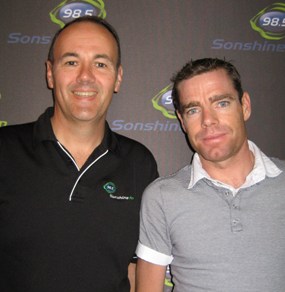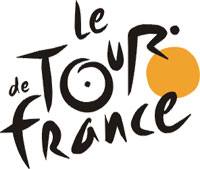
As more and more ‘leaks’ start to spill out in the lead up to Oprah’s interview with fallen hero Lance Armstrong, people are becoming increasingly cynical about cycling. And while I can’t see it happening, there’s even the suggestion that cycling could be removed from the Olympic Games for a while.
Thankfully, cycling as a sport, as a pass-time, mode of transport, recreation or whatever else it is to the millions worldwide who take part in two wheeled transportation in some way, does not revolve around Lance or the other professional cyclists who have doped.
Yes, they’ve cast a shadow over cycling but it’s bigger than that and there will always be good news stories about cycling.
From the feeling of freedom a child experiences on their first bike, through to the rush enjoyed by dedicated racing cyclists who build their performance on hard work and sweat, there’s a magical quality to the humble bicycle. Cycling is great for health and for our planet. It can be enjoyed alone or be incredibly social. Bicycles are also an essential tool in building income for many around the world.
I also wonder how many millions of dollars have been raised for great causes over the years by people who have pushed pedals.
Bikes are constantly being used as a means of highlighting a cause and raising sponsorship. I’ve used bikes to raise money for at least half a dozen causes, including riding many thousands of kilometres for literacy projects in developing countries through Bike for Bibles.
In less than a month I’m saddling up again for a good cause.
I’m hoping you’ll support me and help me save some lives through Compassion.
Having seen first hand, both in Haiti and Dominican Republic, how effective Compassion’s work is, I am determined to do what I can to help. That’s why from the 10th to the 12th of February I’ll once again be taking part in the 25000 Spins Great Ocean Road Challenge.
I’ll be riding 290 kilometres and battling some serious hills over three days and I need your support. By sponsoring my efforts on the challenge you’ll be releasing children from poverty. You’ll be giving children a real chance at life. Please visit my fundraising page and make a contribution. Maybe you can afford to sponsor me for a dollar a kilometre, maybe 50 cents a kilometre, or perhaps you’d just like to donate $10, $20, $50 or any other amount. My overall target is $2500 so I have a long way to go.
Please help me save some lives. Please make your donation, large or small, and then share this post in as many ways as you can so that more people will get on board and more lives will be saved.
No matter what Lance, or any other cyclist may or may not have done, cycling is still a good news story.
Do you think some of your friends would enjoy reading A Good News Cycling Story? Please use the buttons below to share the post. Thanks.

 It’s the most wonderful time of the year. The 2010
It’s the most wonderful time of the year. The 2010  I’ve interviewed dozens of ‘famous’ people but today’s chat with Cadel Evans was certainly one of the highlights of my radio career.
I’ve interviewed dozens of ‘famous’ people but today’s chat with Cadel Evans was certainly one of the highlights of my radio career. I’m conflicted. Every fibre of my being wants to see Australia’s
I’m conflicted. Every fibre of my being wants to see Australia’s